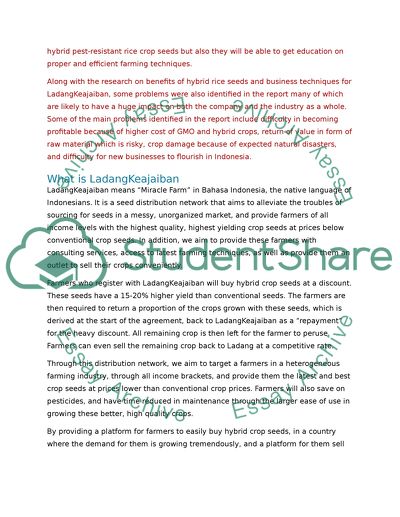Cite this document
(“LadangKeajaiban: Hybrid Rice Production Admission/Application Essay”, n.d.)
LadangKeajaiban: Hybrid Rice Production Admission/Application Essay. Retrieved from https://studentshare.org/macro-microeconomics/1497761-ladangkeajaiban-hybrid-rice-production
LadangKeajaiban: Hybrid Rice Production Admission/Application Essay. Retrieved from https://studentshare.org/macro-microeconomics/1497761-ladangkeajaiban-hybrid-rice-production
(LadangKeajaiban: Hybrid Rice Production Admission/Application Essay)
LadangKeajaiban: Hybrid Rice Production Admission/Application Essay. https://studentshare.org/macro-microeconomics/1497761-ladangkeajaiban-hybrid-rice-production.
LadangKeajaiban: Hybrid Rice Production Admission/Application Essay. https://studentshare.org/macro-microeconomics/1497761-ladangkeajaiban-hybrid-rice-production.
“LadangKeajaiban: Hybrid Rice Production Admission/Application Essay”, n.d. https://studentshare.org/macro-microeconomics/1497761-ladangkeajaiban-hybrid-rice-production.


